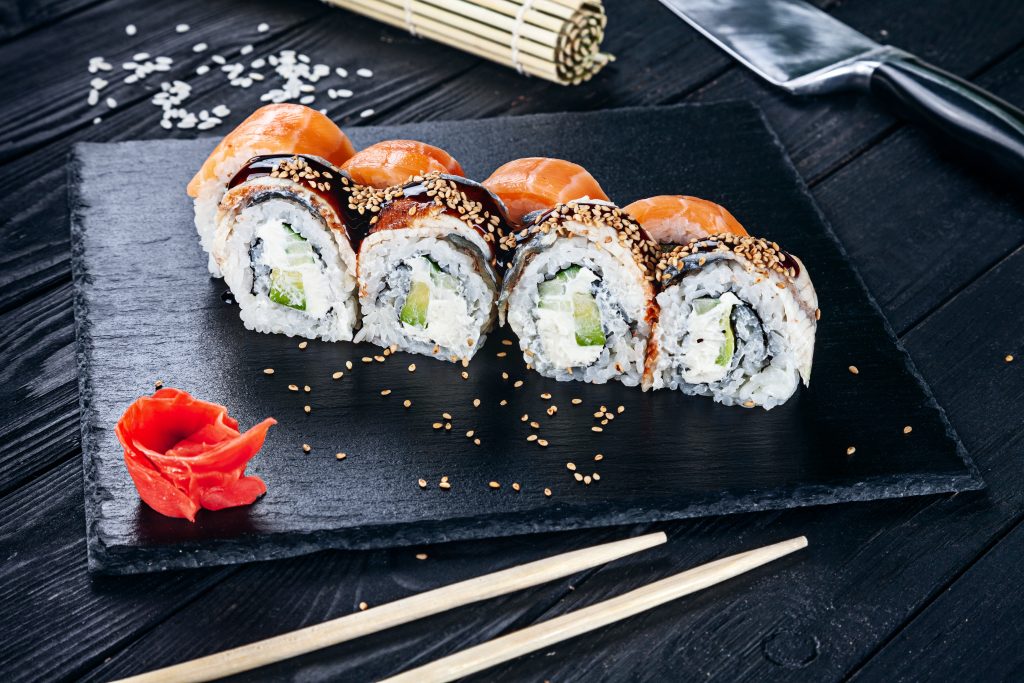The History of Sushi

Sushi, a beloved and iconic dish that has transcended its Japanese origins to become a global sensation, is much more than just raw fish and rice. This delectable combination of flavours and textures has a rich history that spans centuries, evolving from a simple method of preserving fish to a sophisticated culinary art form. Join us on a journey through time as we explore the fascinating history of sushi.
Origins of Sushi
The story of sushi begins in Southeast Asia, where people discovered the technique of preserving fish in fermented rice. This method helped prevent the fish from spoiling, allowing it to be stored for months. Over time, this preservation method made its way to Japan, where the Japanese people adapted and refined the process.
Edo Period and the Birth of Edo-Mae Sushi
During the Edo period (1603-1868), the culinary landscape of sushi underwent a significant transformation. Edo-mae sushi, the predecessor to modern sushi, emerged in Tokyo. “Edo-mae” translates to “in front of Edo,” referring to the location of Tokyo Bay, where fresh fish was abundantly available. Sushi artisans began using vinegared rice as a way to enhance the flavor of the fish and quicken the fermentation process. This innovation marked a pivotal moment in the history of sushi, laying the foundation for the style we know today.
Nigiri Sushi Takes Center Stage
In the 19th century, a visionary named Hanaya Yohei revolutionised sushi by introducing a new style known as nigiri sushi. Instead of wrapping fish in rice and fermenting it for an extended period, Yohei placed slices of fresh fish on top of small beds of hand-pressed vinegared rice. This method allowed for the immediate consumption of the delicacy and emphasised the natural flavours of the fish.
Sushi Spreads Beyond Japan
As Japan opened its doors to the world in the late 19th century, sushi began to captivate international audiences. However, it wasn’t until the mid-20th century that sushi truly gained global popularity. Sushi bars and restaurants emerged in major cities worldwide, and chefs outside Japan began experimenting with local ingredients, giving birth to unique variations of the dish.
The Rise of Fusion Sushi
In the latter half of the 20th century, sushi underwent another transformation as chefs around the world began incorporating non-traditional ingredients and cooking techniques. This marked the era of fusion sushi, where creativity knew no bounds. Rolls like the California roll, with avocado and crab, became instant classics, showcasing the adaptability and inventiveness of sushi.
From its humble beginnings as a preservation technique to its current status as a global culinary phenomenon, the history of sushi is a testament to the creativity and adaptability of human culture. Today, sushi has become more than just a dish – it’s a cultural symbol that bridges tradition and innovation, connecting people from different corners of the world through a shared love for this exquisite culinary art form. As we savor each piece of meticulously crafted sushi, we not only indulge in a delicious meal but also partake in a rich history that continues to unfold with every bite.



